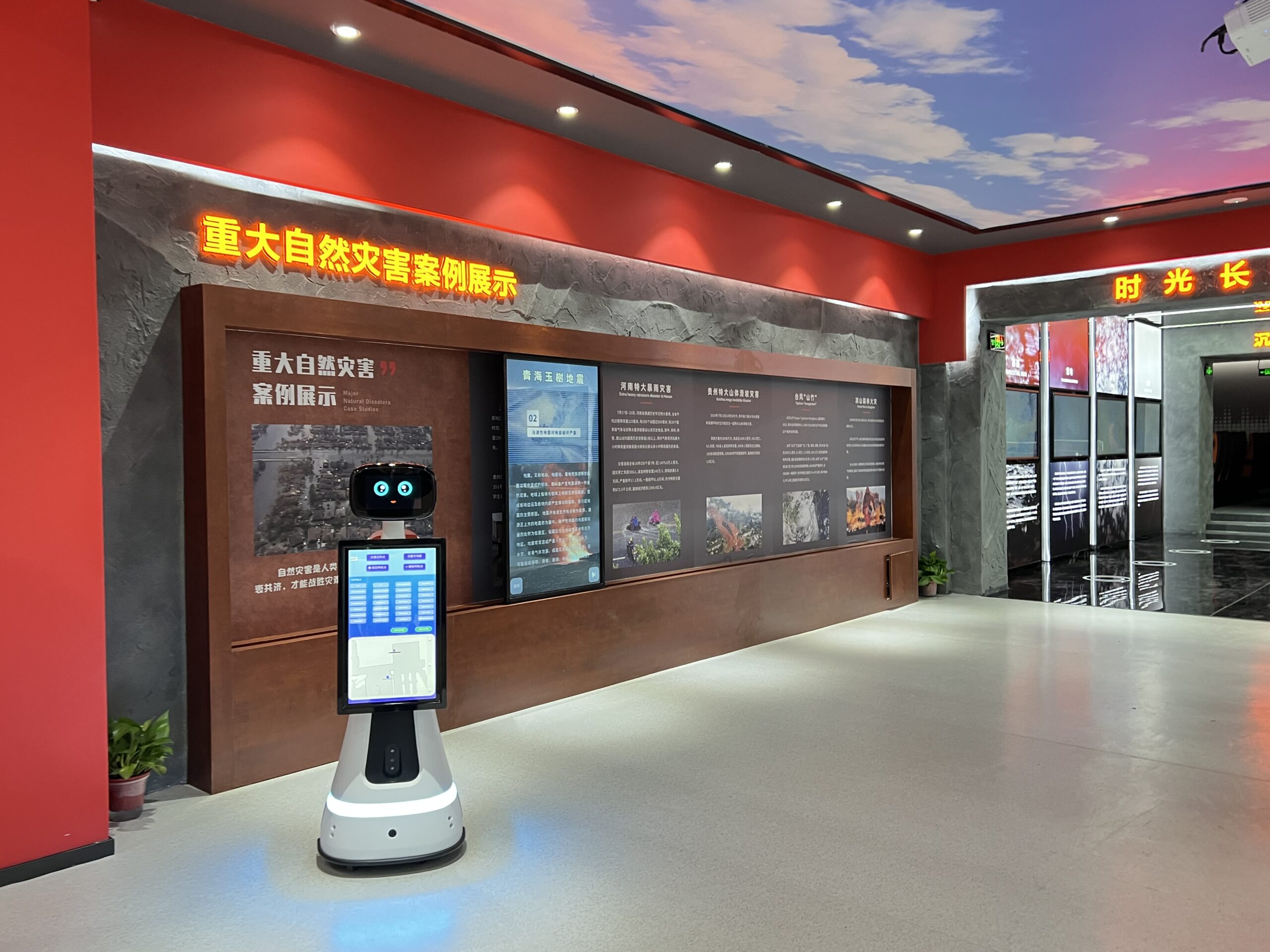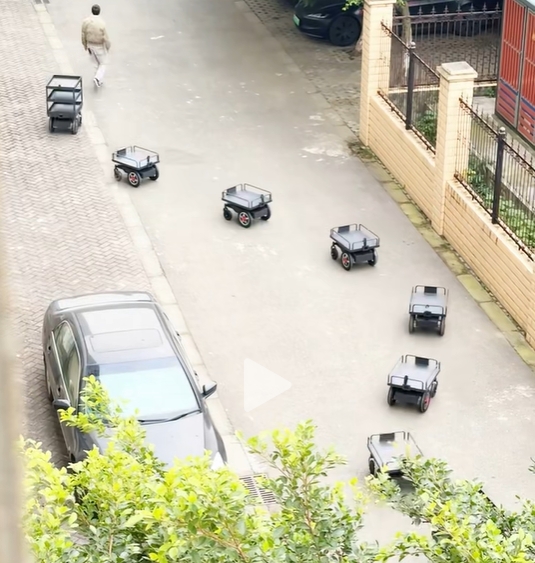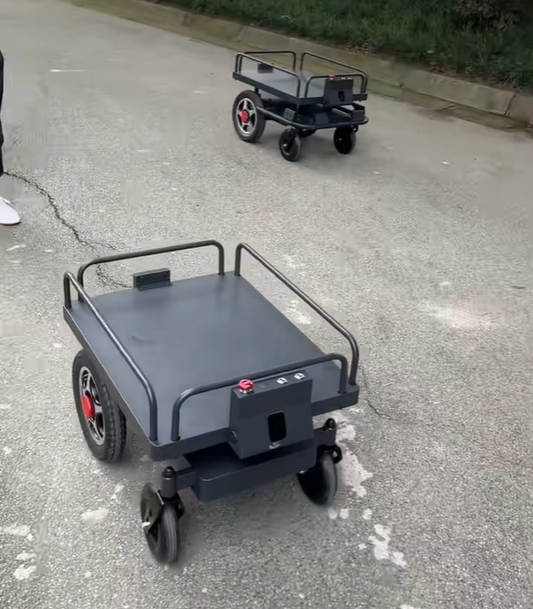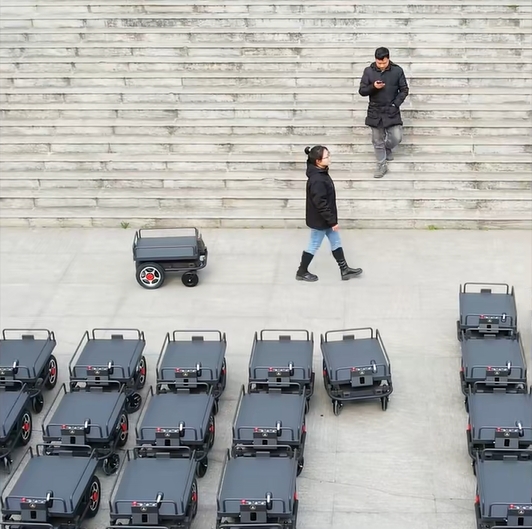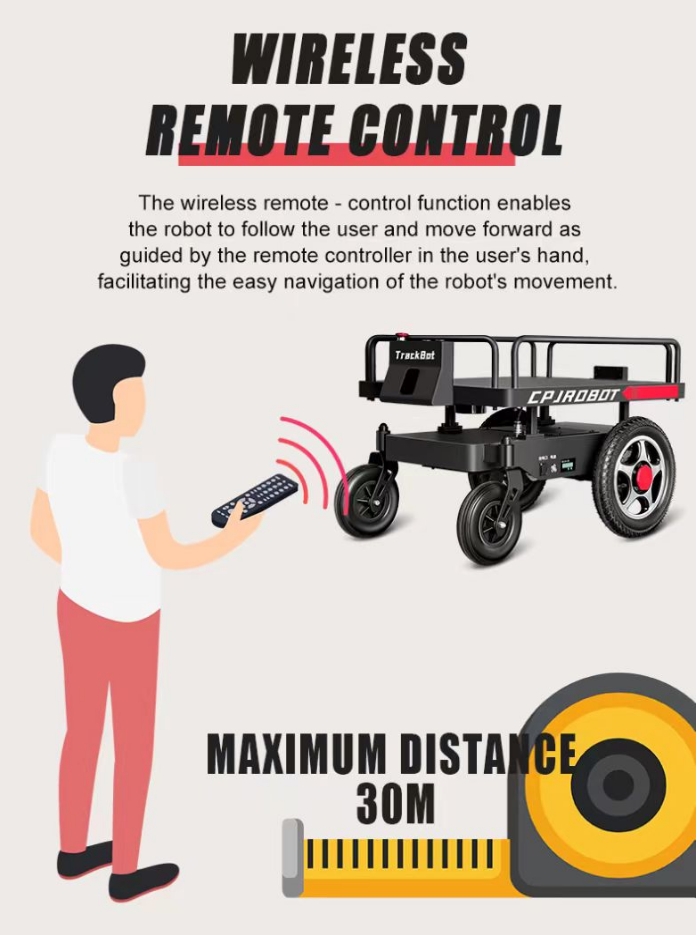Introduction
In the rapidly evolving field of robotics, effective navigation is crucial for the successful operation of autonomous systems. Various sensors are employed to enhance a robot’s ability to perceive its environment and navigate safely. This article explores the common types of sensors used in robot navigation, highlighting their functions and applications.
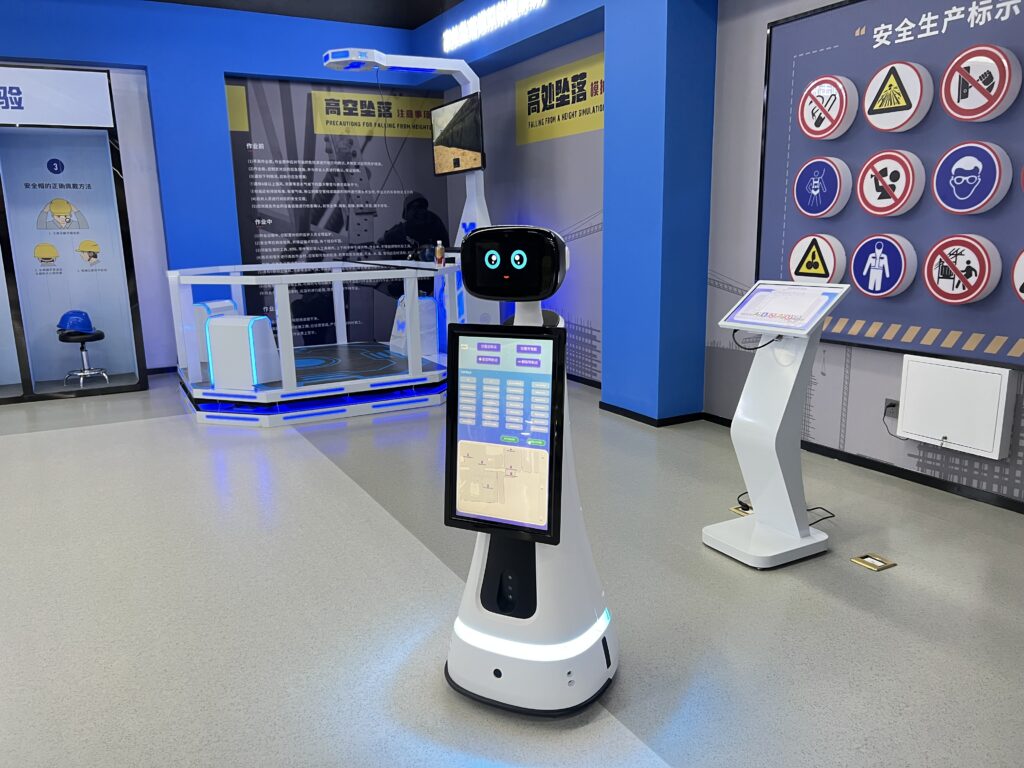
Common Sensor Types in Robot Navigation
- LiDAR (Light Detection and Ranging)
- Functionality: LiDAR sensors emit laser beams and measure the time it takes for the light to return after hitting an object. This data is used to create detailed 3D maps of the environment.
- Applications: Essential for obstacle detection and navigation in autonomous vehicles, drones, and service robots.
- Cameras
- Functionality: Cameras capture images or videos of the surroundings, which can be processed for object recognition and scene understanding.
- Applications: Used for navigation, surveillance, and inspection tasks in various robotic systems.
- Inertial Measurement Units (IMUs)
- Functionality: IMUs combine accelerometers and gyroscopes to measure acceleration and angular velocity, helping estimate changes in position and orientation.
- Applications: Crucial for stabilizing robots during movement and ensuring accurate navigation.
- Ultrasonic Sensors
- Functionality: These sensors emit high-frequency sound waves and measure the time taken for the sound waves to bounce back after hitting an object.
- Applications: Commonly used for obstacle detection and proximity sensing in indoor environments.
- GPS (Global Positioning System)
- Functionality: GPS provides location data by analyzing signals from satellites.
- Applications: Primarily used for outdoor navigation but can be less effective indoors or in urban canyons.
- Proximity Sensors
- Functionality: Proximity sensors detect nearby objects without physical contact, using electromagnetic fields or infrared light.
- Applications: Employed in obstacle detection and navigation for various robotic applications.
- Pressure Sensors
- Functionality: These sensors measure pressure changes, allowing robots to respond to touch and force.
- Applications: Used in robotic hands to determine the necessary grip strength when manipulating objects.
- Tactile Sensors
- Functionality: Tactile sensors require physical contact to sense the environment, providing feedback on touch or pressure.
- Applications: Important for manipulation tasks where precise control is needed.
- Gyroscope Sensors
- Functionality: Gyroscopes measure rotational motion and help maintain orientation.
- Applications: Used in drones, humanoid robots, and mobile robots for stabilization and precise maneuvering.
- Accelerometers
- Functionality: These sensors detect changes in velocity or acceleration along one or more axes.
- Applications: Found in balancing robots and motion-controlled devices.
- Magnetic Compass
- Functionality: Compass sensors determine a robot’s heading relative to the Earth’s magnetic field.
- Applications: Aid in navigation by providing directional information.
- Force/Torque Sensors
- Functionality: These sensors detect the force exerted by or on an object.
- Applications: Used primarily in robotic arms for precise control during manipulation tasks.
Conclusion
The integration of these diverse sensor types is vital for enabling effective navigation in robots across various environments. Each sensor contributes unique information that enhances a robot’s ability to understand and respond to its surroundings, ultimately improving its performance and reliability in real-world applications. As technology advances, the combination of these sensors will continue to evolve, leading to more sophisticated robotic systems capable of navigating complex environments autonomously.
CPJ ROBOT is a leading company focused on designing and producing innovative service robots and high-performance LiDAR systems.
